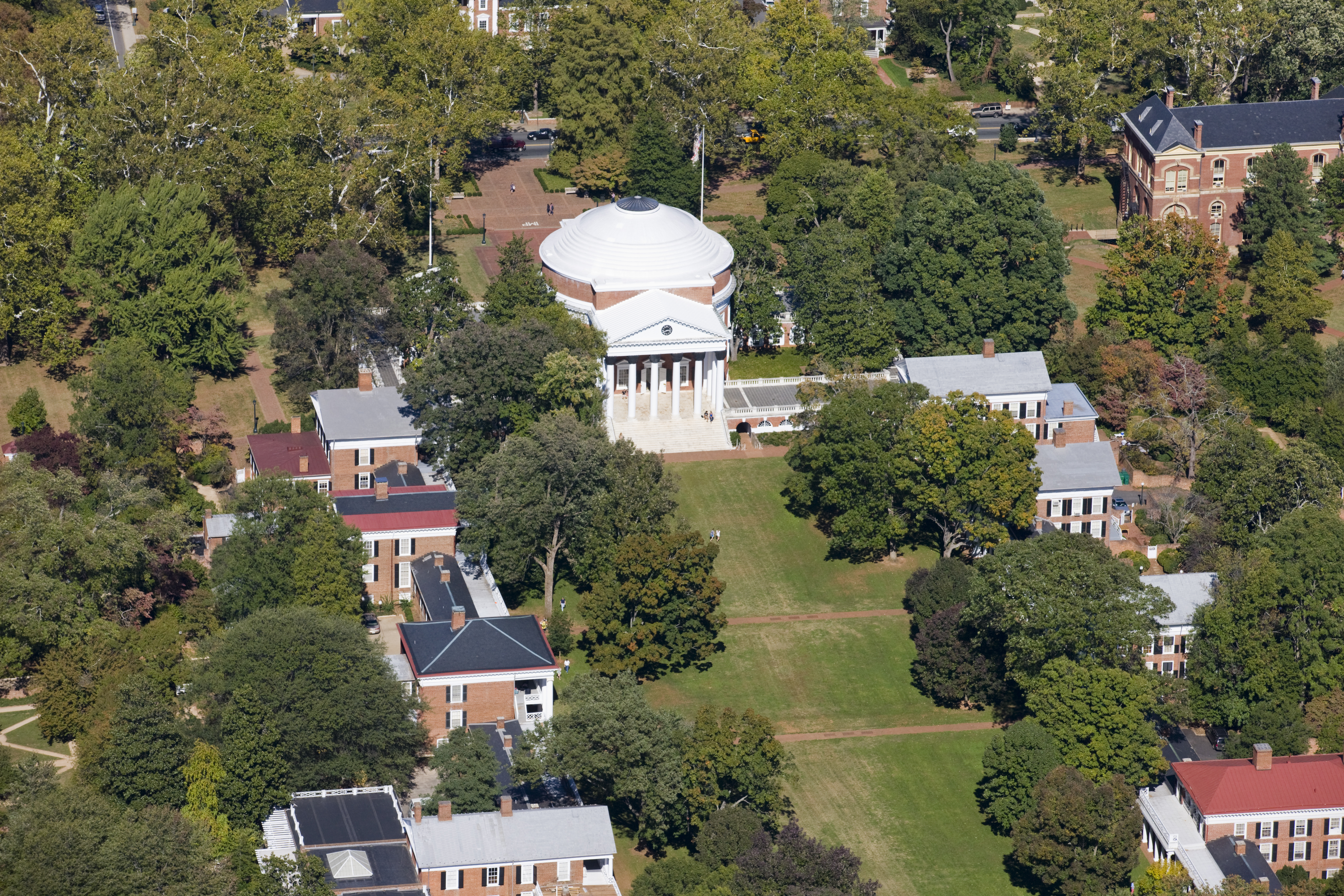The University of Virginia has entered into an agreement to exchange ideas and technical data with three other World Heritage Site universities.
In the Alcala Declaration, the signatories – U.Va., Universidad de Alcala in Spain, the Central University of Venezuela and the National Autonomous University of Mexico – pledge to work together to protect university heritage in general as well as their individual institutions.
The University of Virginia and Monticello, U.Va. founder Thomas Jefferson’s home, were named to the United Nations’ World Heritage list in 1987, one of a quartet of universities considered such by the world body. While there are other universities on the heritage site list, they are part of heritage communities. These four universities are listed independently. U.Va. is the only U.S. university on the list.
“This is a goodwill gesture of international engagement,” said U.Va. Architect David Neuman, who attended the May 10 ceremony at the Universidad de Alcala, along with Richard Guy Wilson, the Commonwealth Professor of Architecture and the chairman of the Department of Architectural History in the School of Architecture. “It is a collaboration among institutions that treasure their heritages.”
Neuman said that the heritage site universities share similar problems of preservation and may be able to work together to help each other solve common problems. He noted that at the Universidad de Alcala, statues atop of a building that dates to 1510 are wrapped in black netting to help prevent them from crumbling. U.Va. has wrapped the marble column capitals on the Rotunda in mesh to help hold them together. The capitals will be replaced as part of the extensive renovation of the University’s center that is currently underway.
The four universities agree to share and exchange “academic, educational and scientific information, as well as in promoting mobility programs for our students, faculty and researchers and in collaboration with the United Nations’ Educational, Scientific and Cultural Organization World Heritage Centre.”
The pact can play a bridge role, as the schools share policy and intellectual agendas while dealing with similar situations, said Jeff Legro, vice provost for global affairs. He also noted that there was a possibility for an exchange of students and faculty.
The universities share the burden of preserving their past while continuing to meet the educational demands of the present and the future.
“We are combining the traditional and change, adapting to the challenges of the day and preserving a rich heritage,” Legro said.
The signatories agreed to organize scientific seminars, symposia and publish work in fields related to the development of their universities and cultural heritage “both material and immaterial, whether it be moveable or immoveable property, works of arts, buildings and all other objects and instruments related to science and the arts.”
Neuman said the heritage designation represents “more than architecture, but what the University means through time. In our heritage designation, what is being honored is the vision of Thomas Jefferson.”
The agreement, Neuman said, is in the spirit of the University’s recent international initiatives, as well as conforming to the University’s 20/20 plans.
“It is good to gather the four together in an association of shared status,” Legro said. “We can learn from collaboration, how to deal with heritage issues. Having a special status carried special challenges.”
They also agree to work with UNESCO and to help other universities that are interested in preserving their heritage.
The central campus of the Universidad Nacional Autonoma de Mexico was built between 1949 and 1952 using more than 60 architects, engineers and artists, which makes the grounds a unique example of 20th century modernism integrating urbanism, architecture, engineering, landscaping and fine arts with references to local traditions.
The Ciudad Universitaria de Caracas, built between 1940 and 1960 to the designs of Carlos Raul Vilanueva, is considered an outstanding example of the Modern Movement in architecture. It also represents the works of a wide array of modern artists.
The University and Historic precinct of Alcala de Herares was founded in the early 16th century by Cardinal Jimenez de Cisneros as the world’s first planned university city and has served as the model of universities in Europe and elsewhere in the world.
Media Contact
Article Information
June 20, 2013
/content/uva-inks-alcala-pact-fellow-world-heritage-sites

